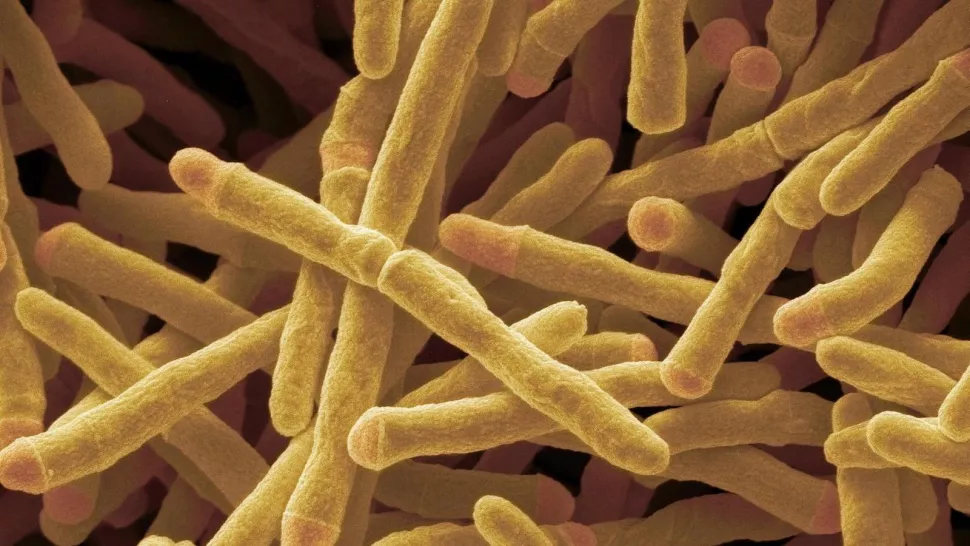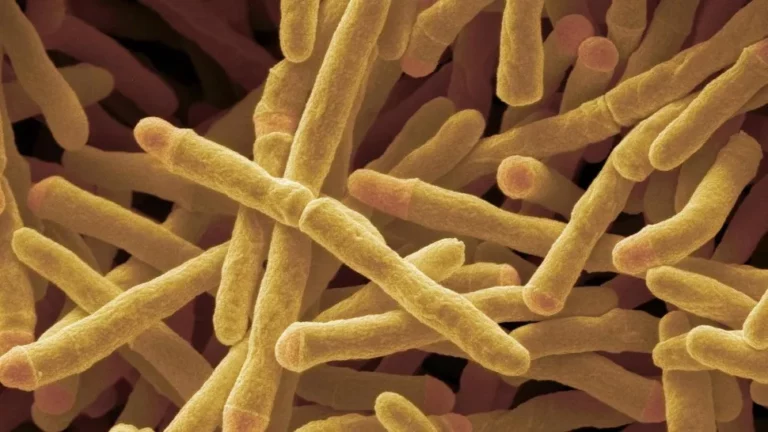Enzyme capable of converting air into energy discovered by scientists, unlocking a potential new energy source
A relative of the tuberculosis bacterium has long been known to convert hydrogen from the air into electricity. Now, scientists have discovered how.
In a recent study, scientists have discovered an enzyme in a bacterial cousin of tuberculosis and leprosy that can convert hydrogen into electricity. The bacterium, known as Mycobacterium smegmatis, uses this enzyme, named Huc, to extract energy from atmospheric hydrogen, allowing it to thrive in harsh, nutrient-deficient conditions. The researchers believe that this enzyme could be used as a clean and renewable energy source for small, portable electronic devices. The study was published in the journal Nature on March 8.

An enzyme called Huc, which was discovered by scientists studying a bacterium related to tuberculosis and leprosy, has the ability to turn atmospheric hydrogen into electricity. According to the lead author of the study, Rhys Grinter from Monash University in Australia, this enzyme could be used to power small portable devices that utilize air, such as biometric sensors, digital clocks, and calculators.
The researchers believe that Huc could also be used in fuel cells to power more complex devices like smartphones, smartwatches, and possibly even cars, provided that it is supplied with more concentrated hydrogen. M. smegmatis, a nonpathogenic bacterium commonly found in soil worldwide, uses Huc to draw energy from atmospheric hydrogen, allowing it to survive in extreme environments where fuel is scarce. Until now, the exact mechanism behind this process was unknown.
However, the researchers used chromatography to isolate the Huc enzyme and cryo-electron microscopy to determine its atomic structure and electrical pathways.
The research team uncovered that Huc possesses a central active site comprising of charged nickel and iron ions. When hydrogen molecules enter the active site, they become trapped between the nickel and iron ions and lose their electrons. The electrons are then conducted by the enzyme and directed to create a current.
Rhys Grinter explained that “the electrons are absorbed by Huc (specifically the nickel ion) and transferred to the surface of Huc (by a molecular wire formed by clusters of iron and sulfur ions). If we immobilize Huc on an electrode, the electrons can enter an electrical circuit from the enzyme surface and generate current.”
The researchers conducted additional experiments that showed that the Huc enzyme can be stored for extended periods, withstand freezing and heating to 176°F (80°C), and can utilize hydrogen at extremely low concentrations. The team believes that the microbe’s capacity for easy cultivation, coupled with these characteristics, makes the enzyme a perfect candidate for an organic battery power source.
Rhys Grinter mentioned that “Huc can extract energy from hydrogen in the air, which is effectively limitless. The amount of electricity that can be generated from the low concentrations of hydrogen in the air will be modest. This will limit the application of Huc in this context to devices that require a small but sustained amount of power. A complementary use of Huc would be in fuel cells where a higher concentration of hydrogen is provided.”
Do not forget to share your opinion with us to provide you with the best posts !




0 Comments